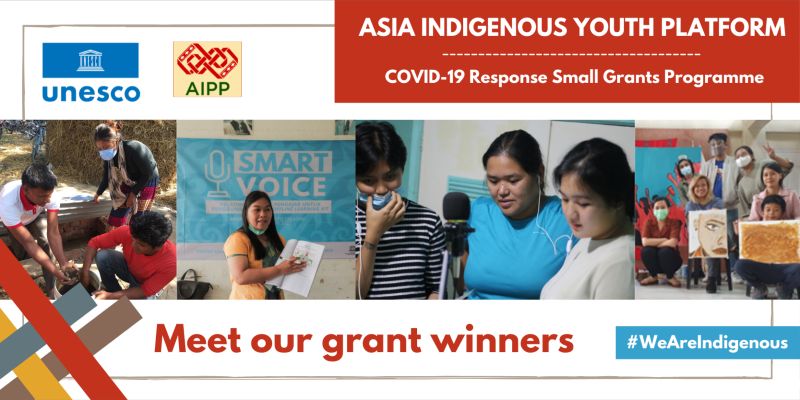The use and misuse of ICT in the delivery of higher education programmes
Whether you like it or not, the increasing use of information and communication technology (ICT) has been apparent in the delivery of higher education programmes in recent decades. With the unprecedented disruption of learning caused by the COVID-19 pandemic across the globe, ICT-enabled solutions to continue learning were fueled by a new and powerful impetus to take action. As a result, online and blended learning has become a new normal during and even after the pandemic.
The benefits of harnessing ICT for teaching and learning in higher education are obvious: first, it can help higher education programmes to reach out to more learners, many of whom are non-traditional learners and those from underdeveloped or remote areas who would have otherwise been left behind due to the capacity limitation of campus or classroom-based learning environments. Secondly, the use of ICT has empowered learners with the same level, if not higher levels, of access to information and knowledge that used to be monopolized by teachers for a long period of time. Thirdly, with the use of ICT, higher education learning programmes can be more diversified, flexible, adaptive, and relevant to the needs of communities and individuals. Last but not least, the use of ICT can make learning systems more resilient to overcome future disruptions to learning.
Indeed, ICT-enabled innovations have never stopped hitting the headlines with revolutionary and transformative solutions. As every coin has two sides, the use of ICT also has pros and cons. The introduction of Massive Online Open Courses (MOOCs) makes it possible for quality programmes and courses to be shared at scale, especially when they are based on and contribute to new open educational resources (OERs). However, we cannot ignore the potential risks of restricting the knowledge creation capacity of local and indigenous people, the dominance of star professors, negative impacts on the democratization of learning processes, and over-convergence of learning and teaching materials, etc. Leaners’ exposure to online knowledge and information can enhance their self and independent learning, but can also be counterproductive to systematic learning. The diversity and flexibility of learning should be accompanied by overarching learning frameworks, such as National Qualifications Frameworks, to avoid risks of learning fragmentation.
The ICT infrastructure, including internet penetration rates and connection speeds and the availability of online communication platforms and online portals with accessible learning support materials, are critical to the resilience level of higher education systems. On top of these physical infrastructures, academic infrastructures, such as National Qualifications Frameworks, subject/occupation/professional-specific quality standards, programme development and course planning templates, are equally important, as they can make sure that ICT-empowered learning programmes and solutions are part of a broader learning framework that promotes diversity and flexibility under common umbrellas.
Higher education teaching personnel, who used to be well-trained with subject-specific competencies, need to be reskilled and upskilled to increase their competencies in ICT, quality assurance, and pedagogy. The pedagogical use of ICT and the capacity to align online and blended learning programme development and course planning with upstream academic infrastructures/quality assurance frameworks are indicative of the new requirements for college teachers and professors. To institutionalize and incentivize the faculty to update their mindsets and capacity, a well-established and functioning continuing professional development system for teaching personnel should be in place with support from an institution-wide teaching and learning centre staffed by specialists in learning sciences, pedagogy and assessment, quality assurance, and ICT working together in an integrated manner.
The integration of ICT into programme development and course planning by faculty members should be promoted with the aim to foresee the ICT needs of the specific learning programmes and courses and plan ICT-integrated solutions accordingly. In this connection, higher education institutions need to turn ICT integration requirements into their internal workflows, templates, and approval processes, and not leave them to the personal interests of individual staff. To evaluate the capacity and preparedness of faculty members for ICT integration, we can use ICT-sensitive, responsive, and transformative as the three escalating levels of awareness, actions, and transformation. Here, sensitivity is the result of awareness while responsiveness is coming from the capacity to take action. Eventually, ICT-driven transformation is the outcome of internalization and integration.
While the ICT toolbox keeps expanding, frontier technologies like artificial intelligence and big data can efficiently help diagnose the effectiveness of teaching and learning. When all the interactions in the learning processes can be tracked, recorded, and quantified via big data technologies, with data feeding into different models of learning analytics to automatically generate evaluation reports, less human work is needed. But to give it a human touch, subjective evaluation can supplement a machine-dominant and seemingly objective evaluation. Needless to say, the identification of evaluation indicators is itself subjective. What we need is evidence-based evaluation that can nurture objectivity in subjective personnel.
The ethical use of ICT has become increasingly important, as it is pertinent to the protection of personal privacy of learners, as well as the promotion of diverse ownership and transparency of data collection and management processes. Big data should be kept under the domain of public good with collective ownership of those who contribute to its collection under various platforms and mechanisms, rather than be controlled solely by individual companies and entities. In this regard, intensified government regulation, common data infrastructure, as well as public and private partnerships can be the way forward for future solutions.
As a means, rather than an end by itself, the use of ICT can make sense if opportunities can be maximized and risks minimized in contributing to the achievement of Sustainable Development Goal 4 (SDG 4) to ensure inclusive and equitable quality education and promote lifelong learning opportunities for all. From ICT-assisted, to -enabled, -enhanced, -empowered, and -integrated, we are moving towards a more holistic and balanced approach to the use of ICT in the delivery of higher education programmes.
The quality of teaching and learning ultimately depends on the quality of the learner’s interactions with their teachers, fellow learners, teaching and learning materials, learning environments, local communities, etc., whether they are conducted in person or virtually. As the new generation of teachers and learners are increasingly technology-savvy and digital-native, online and blended learning can be more easily mainstreamed in the delivery of higher education programmes. One day we may miss the traditional ways of learning, just as we treasure handmade crafts versus those made possible by machines.
By Libing Wang, Chief, Section for Educational Innovation and Skills Development (EISD), UNESCO Asia-Pacific Regional Bureau for Education, Bangkok, Thailand
*This article was first published in CLOUD (Connecting Leaders Online for University Digital Transformation)
Main photo credit: ©Shutterstock/Maslakhatul Khasanah








